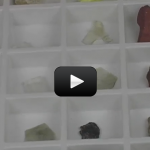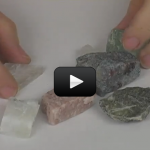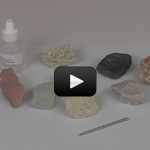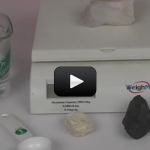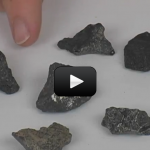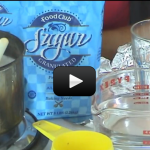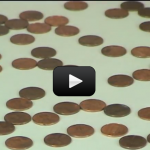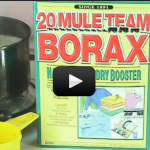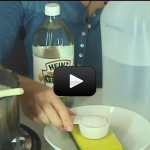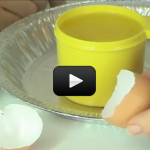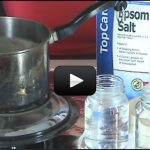Getting Started
You are about to become a real geologist as you explore the world of rocks, crystals, gems, fossils, and minerals by moving beyond just looking at pretty stones and really being able to identify, test, and classify samples and specimens you come across using techniques that real field experts use.
While most people might think of a rock as being fun to climb or toss into a pond, you will now be able to see the special meaning behind the naturally occurring material that is made out of minerals by understanding how the minerals are joined together, what their crystalline structure is like, and much more.
Here are the scientific concepts:
- Minerals are the building blocks of rocks.
- Rocks are usually composed of two or more minerals (once in awhile, rocks can be made from just one, but usually it’s two or more).
- Minerals are naturally occurring nonliving solids made from a single kind of material.
- Minerals have a regular internal arrangement of atoms and molecules (called crystals).
- Each mineral has its own unique combination of different chemical elements.
- When atoms and molecules combine to make a mineral, they form a type of crystal.
- Each mineral has a unique set of properties and can be identified using a series of standardized tests.
By the end of the labs in this unit, students will be able to:
- Identify and describe the physical properties of minerals.
- Practice common identification techniques that field scientists use on minerals.
- Identify and differentiate different classifications of rocks, including common sub-designations for certain types of rock.
- Measure and estimate the weight, length and volume of objects.
- Conduct multiple trials to test a prediction and draw conclusions about the relationships between predictions and results.
- Differentiate igneous, sedimentary, and metamorphic rocks by their properties.
- Identify common minerals (including quartz, calcite, feldspar, mica, and hornblende) and ore minerals using a table of diagnostic properties.

